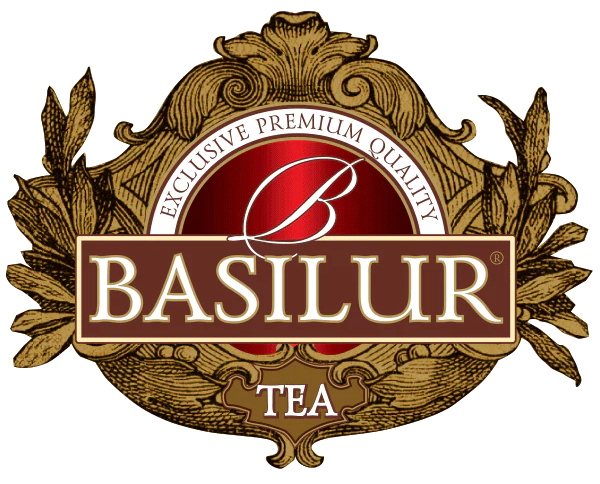Ceylon Tea Title
For centuries, Ceylon tea has been known as the finest tea around the world. Tea was first introduced to Sri Lanka by James Taylor in 1867, and the rest, as they say, is history! Ceylon tea consists primarily of black tea, however green tea and other types of tea are also grown. Although Sri Lanka is a comparatively small country, it has a wide range in elevation, which results in the flavours of tea being produced varying greatly depending on the part of the country they originate from. The main differences in flavour are a result of the climate, soil, sun, precipitation, and plant varietals. Although there are regional nuances, Ceylon tea is classically known for bold, full and brisk flavour. A majority of Ceylon tea is picked by hand, which makes it a brisk and bright tea. There are three main main types of Ceylon tea:
- The first, and most popular is the black Ceylon tea, and also the most complicated. The complication arises from the fact that the stem and leaves of the tea plant are used when making black tea. Authentic black Ceylon tea is made using aged stems and fermented leaves.
- The second type, Ceylon green tea avoids the fermentation process. This ensures the tea leaf remains green and gives the brewed cup of tea a yellowish-green colour. The tea leaves are either pan-fried or steamed right after the rolling process to stop further fermentation.
- Thirdly, and finally, we have Ceylon White tea also known as ‘Silver Tips’. Only the ‘bud’ is handpicked and sun-dried. A special clone of the Camelia Sinensis plant is used to pluck these silver tips which are longer and bolder than usual buds. Silver tips are known to carry the most amount of health benefits as it is the least processed tea.

